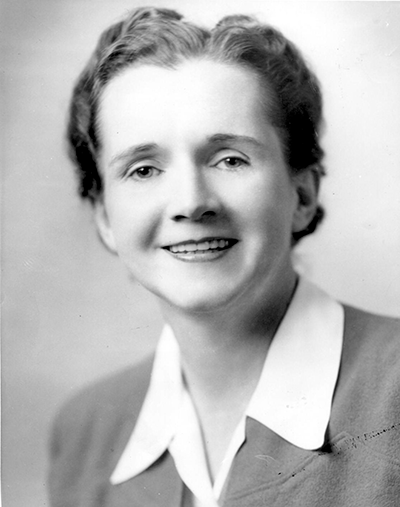February is LGBTQ+ History Month. This is a time to celebrate the lives of LGBTQ+ people and their experiences in the wider community. It is also a time of contemplation and an opportunity to raise awareness of the LGBTQ+ community’s history.
It is important to remember that queer people have always existed, but not always openly and that we have a duty to tell their stories. For me, this is particularly true for scientists and naturalists who were part of this community. As such, I wanted to share the story of one of the people who has inspired me the most, and one a surprising number of British environmentalists haven’t heard of.
Who is Rachel Carson?
Rachel Carson is arguably one of the most influential women in the environmental movement, her work led to nationwide bans of Dichlorodiphenyltrichloroethane (DDT) and other pesticides in the US, ignited a global environmental consciousness and inspired countless grassroots environmental movements. She was also a queer woman. Dorothy Freeman and Rachel Carson exchanged over 900 letters throughout their 12-year friendship, sharing their love of nature as well as a deep bond with each other. She was a campaigner, an author, a scientist - and she was fearless.
“The more clearly we can focus our attention on the wonders and realities of the universe about us, the less taste we shall have for destruction”*

